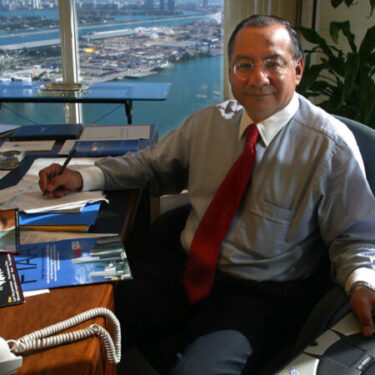After The Associated Press broke the story in December of a career U.S. diplomat charged with being a secret agent for communist Cuba for 40 years, there was plenty of soul-searching both inside and outside the U.S. government about how such an alleged betrayal could have gone on for so long.
Goodman and Mustian spent weeks interviewing more than two dozen secretive sources — including former top U.S. intelligence officials and defector Cuban intelligence officials — seeking to answer that very question.
What they exclusively found were several glaring missed clues and red flags that allowed former Ambassador Manuel Rocha to avoid scrutiny for decades, including that a CIA operative received a tip about Rocha’s alleged double life as far back as 2006, that Rocha may have been on a short list of suspected spies since 2010 and could have been linked to intelligence from 1987 of a U.S. turncoat known as Fidel Castro’s “super mole.”



